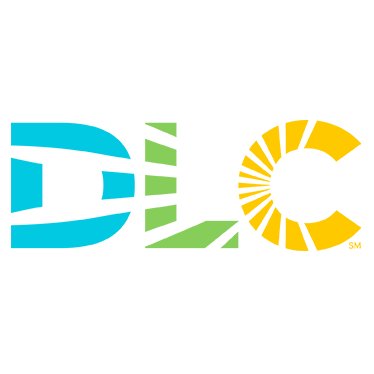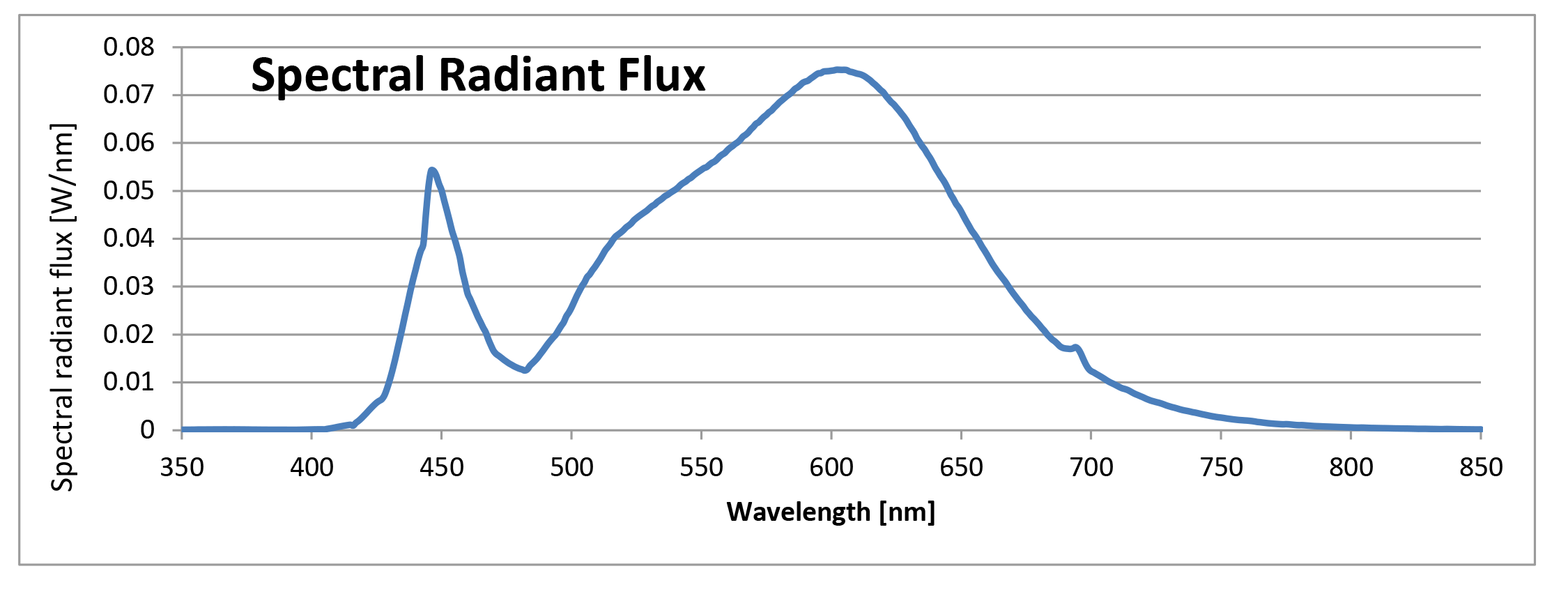Let's dive in to the new DLC 1.9 umols/j efficacy standard, how it is measured and how it's applied to horticultural grow lights. It's a technical topic but deserves attention because it will set some important baselines not only for figuring out utility energy rebates but will also fix some misleading information about lighting fixtures for grow.
Photo credit: DLC
Who is DLC? Design Lights Consortium describes themselves like this: "The DLC® is a non-profit organization whose mission is to drive efficient lighting by defining quality, facilitating thought leadership, and delivering tools and resources to the lighting market through open dialogue and collaboration"
DLC plays an important role between local energy utilities, energy conservation rebate programs managed by every utility and the regulators who oversee how rebates are measured and paid to the end-user grower. As a quick side note, every utility collects a fraction of the total amount of power they bill their consumers and sets it aside for energy conservation grants. This means that every utility in the country has a budget for rebates. They may or may not allow rebates for cannabis, but they all provide rebates for making energy efficient choices when building a facility that consumes power. Each utility has a team of engineers who manage these programs.
DLC has set standards accepted by US utility companies and their outside regulators to create a level playing field for how lighting products are measured in terms of energy use and efficiency of light production. This allows utilities to make fact based decisions about how much energy light fixtures consume compared to one another. Basically it saves them a lot of time having to justify their own comparisons. They can choose to rely on DLC data which makes it much easier and therefore faster to calculate rebates based on energy saved.
It will take some time for DLC to process the long list of lights being marketed for grow. Until then utilities rely on their own rationale for calculating rebates, or for not allowing rebates for cannabis growing. Each utility makes their own choices based on policy.
Lighting manufacturers submit each individual light fixture along with a specific set of independent certified testing lab reports directly to DLC (along with a fee) to qualify under DLC's new standards. DLC then sifts through the data to ensure all the required standards are achieved. The light is then placed on an approved list. This list will be all new and focused entirely on any light sold for use in horticulture being submitted for an energy rebate.
If you don't intend to ask for a rebate the DLC list isn't that important except that there is some real value in having a third party provide independent measurements of light fixture efficiency as compared to one another since claims by each manufacturer can sometimes be confusing or worse, misleading.
DLC, through a long interactive comment process, chose an efficacy (fixture efficiency) standard of 1.9 umols/j, plus or minus 5%. What this means is that any lamp which passes independent third party lab testing of 1.805 umols/j can qualify for DLC approval (subject to other standards as well).
Umols/j is the amount of photosynthetic energy the light produces divided by the amount of input wattage the lamp draws from the wall. That measurement is PPF/W. This is where the new list provides some real value. Lamp wattage, especially LED wattage, is only determined by the power drawn by the lamp. It is never determined by multiplying the total wattage capacity of the diodes. There are a growing number of LED products, particularly low cost on-line retail units being deceptively advertised as higher wattage than what is drawn from the wall. Just because a diode has a 1 watt capacity does not mean it is being supplied 1 watt of power. For the purposes of DLC standards and energy conservation there is only one way to measure wattage and that is the fixture watts consumed. Using the DLC standard will improve product comparisons which will help the consumer to make more informed choices.
So what is PPF? PPF or photosynthetic photon flux is the amount of energy being created by the light which falls within the spectrum which plants "see" through photosynthesis. This spectrum is defined as the total amount of energy between 400nm and 700nm. Spectrum graphs show the curve created by the wavelengths of light emitted in 1nm increments between 350-850nm. So from a photosynthetic energy standpoint PPF is just a portion of the total output.
Photo credit: Cree LED
What about PAR (photosynthetic active radiation) as a measurement standard? PAR is a useful measurement of total photosynthetic light intensity being placed on the canopy. However as the industry matures PPF will become a more important comparison measurement than PAR because it includes spectrum and not just total photosynthetic light production. Once a decision is made on which light will be used in a grow, PAR is the correct measurement of total light intensity on canopy based on how far away the lamp is mounted.
PAR, as it relates to readings from a handheld PAR meter for example is different from PPF because it takes into account distance from the light source. PAR is the same 400-700nm measurement of total energy but because it varies by distance it cannot be the reference standard. PAR is important in terms of handheld measurement devices in a grow, but it does not directly translate to total PPF.
This can be confusing because PPFD (D meaning distance from the light source) is the same as the amount of total PAR shown on a meter. So a PAR meter displays PPFD. It is not however able to measure PPF itself. It can be confusing but the issue comes from the fact that photosynthetic light is not the same thing as visible light. So translations in the math have to be applied to calculate photosynthetic light created.
This is where it gets interesting. There is no testing device that measures PPF specifically. Instead, the light fixture is placed in an "integrating sphere" which is a device that measures the total amount of "radiant flux" being emitted by the light.
Photo credit: LED Magazine
Here is an important point: the integrating sphere does not measure light at a specific distance. Flux does not vary. Each light creates a specific total amount of flux. No less and no more. So we are able to rely on a measurement standard.
We all know that PAR or PPFD changes over distance. Measuring light with a PAR meter changes as the meter is moved further from the light source.
Integrating spheres don't work that way. Every light measurement is specific and comparable to the next lamp being measured in total flux output.
Because an integrating sphere can't measure PPF directly, a formula must be used. First, all the light being created outside of 400-700nm is removed from the calculation (all the UV and all the infrared). Then a math formula is applied to each wavelength to convert radiant flux to photosynthetic photon flux. This is how total PPF is determined in the lab. There is no handheld instrument which will display PPF. It can only be measured by converting flux measured in an integrating sphere to PPF.
During the DLC standard setting process there was a lot of debate about removing energy below 400nm (ultraviolet UV radiation) and above 700nm (infrared - mostly heat - radiation). The rationale DLC chose was that these wavelengths fall outside of photosynthesis in plants. However an argument can be made the UV impacts marijuana growing and may create different terpene production. Also that infrared energy, which is created in abundance by HPS lights as mostly heat energy, also impacts the plants both in terms of heat absorption but also the overall indoor grow climate. In the end DLC considered the arguments and chose 400-700nm PPF as the standard.
The good news is we have a standard now for our evolving industry and in the coming months and years as more and more lights are submitted to DLC for approval, we'll have a better reference of comparison between lamps. Utilities also benefit because rebates are better regulated which removes a layer of uncertainty in offering energy incentives for grow lighting.
Standards are never perfect. They always evolve from compromise and regulations feel increasingly tedious but DLC's new requirements will be a benefit to the cannabis industry long term.










